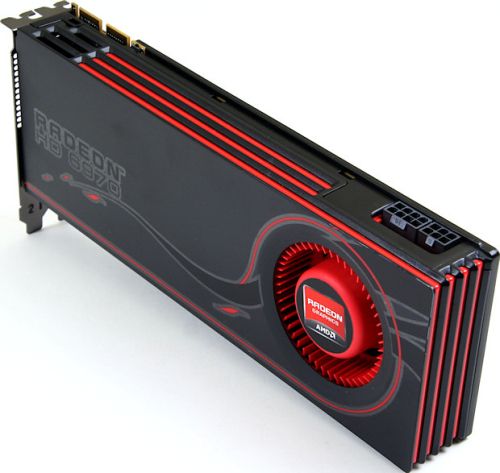
Although rumors about the possible release of a BlackBerry Messenger (BBM) application for Android devices leaked more than six months ago, no confirmation has been received from Research in Motion.
However, the first screenshots of the BBM app for Android devices just leaked, courtesy to the guys over at TechRadar.
The screenshots come by way of a Research in Motion (RIM) employee who also stated that the application is in the final stages of testing and will be released by 2012.
In addition, the company plans to launch an iOS version of BBM, which might be released soon after the Android software.
According to the latest hearsay, Android and iOS users may be charged a certain one time or recurring fee in order to be able to use the BBM f...



 10/03/2011 11:44:00 PM
10/03/2011 11:44:00 PM
 dannzfay
dannzfay





















